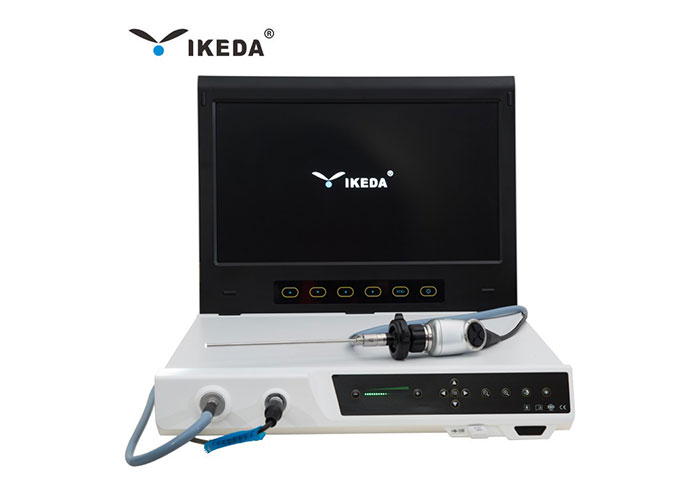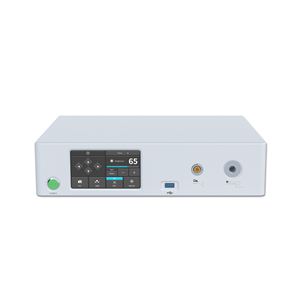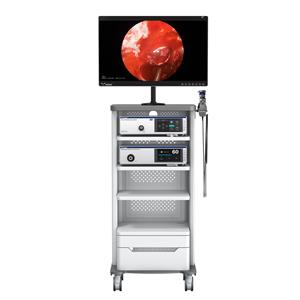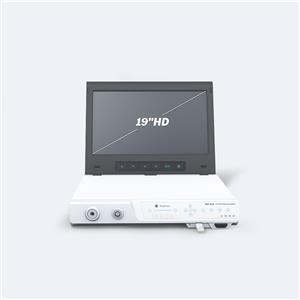In-depth Analysis Of Medical Endoscope Market Development
Endoscopic minimally invasive medical is one of the earliest and most mature technologies in minimally invasive medical technology. Endoscopic minimally invasive surgery has the characteristics of less trauma, shorter operation time, and quicker postoperative recovery. It is favored by both doctors and patients. At present, the minimally invasive technology with the endoscope system as the core has been extended to otolaryngology, general surgery, obstetrics and gynecology, thoracic surgery, urology, pediatrics and other departments, from simple Endoscopy Camera For ENT to heart bypass. Involved, almost all traditional general surgery can be done by endoscopic minimally invasive surgery. Endoscopic minimally invasive technology has become an indispensable technology for the diagnosis and treatment of systemic diseases such as digestion, breathing, urology, otolaryngology and so on.
Development prospects of endoscopic minimally invasive medical market
1. Growing market demand for medical endoscopes
With the popularization of Endoscope Camera minimally invasive technology and the improvement of endoscopic processing technology, endoscopic applications have involved almost all departments such as general surgery, ENT, orthopaedics, urology, gynecology, etc., which has become an indispensable diagnostic and Surgical equipment is also one of the fastest growing products in the global medical device industry.
2. Increasing residents' income stimulates demand for minimally invasive medical devices
As residents' income rises, per capita medical expenditures will increase accordingly, and they hope to find a healthier treatment. Compared with traditional surgical systems, endoscopic minimally invasive surgery has the advantages of less pain and faster recovery, and is increasingly favored by patients. At present, minimally invasive technologies have been popularized in developed countries and are still in the initial stage of development in developing countries. As the Chinese government strengthens its medical support and residents' income, advanced medical technologies such as endoscopic minimally invasive technology will be used more.
3. The proportion of substitute imported products continues to increase
At present, most of China's high-end minimally invasive medical devices rely on imports, and equipment and equipment are expensive. The high price of imported endoscopes and the late start of domestic endoscope production have become one of the factors that have caused the relatively slow spread of minimally invasive technology in China. For this reason, the Chinese government actively encourages the research and development of domestic minimally invasive medical devices. The localization of minimally invasive medical devices will reduce hospital procurement costs and the burden of patients seeking medical treatment, so that more patients can receive minimally invasive treatment. Domestic minimally invasive medical devices still have a certain gap with imported products in terms of stability and precision, but they are close to imported products in terms of basic functions, and the cost-effectiveness advantage is very obvious. The government promotes the development of grass-roots medical institutions, and the procurement of equipment at grass-roots medical institutions will increase significantly, which will bring opportunities for domestic minimally invasive medical device manufacturers. As technology advances, Chinese medical device companies will gradually realize import substitution and make a breakthrough from the low-end market to the high-end market.
4. Export scale keeps expanding
With the gradual development of China's minimally invasive medical device industry, the competitiveness of domestic enterprises in the international market has gradually improved, and many enterprises have the technical strength to go abroad. A group of leading domestic minimally invasive medical device manufacturers have set their sights on foreign countries and set out to explore the international market.
Compared with products from European and American countries, the basic performance of domestic minimally invasive medical devices is close to that of developed countries, but the price is far lower than that of developed countries.





